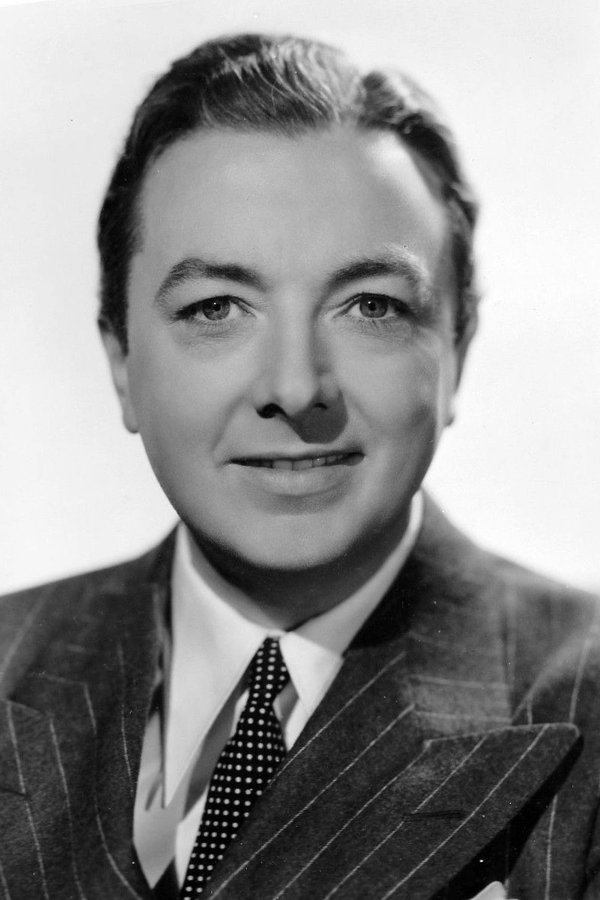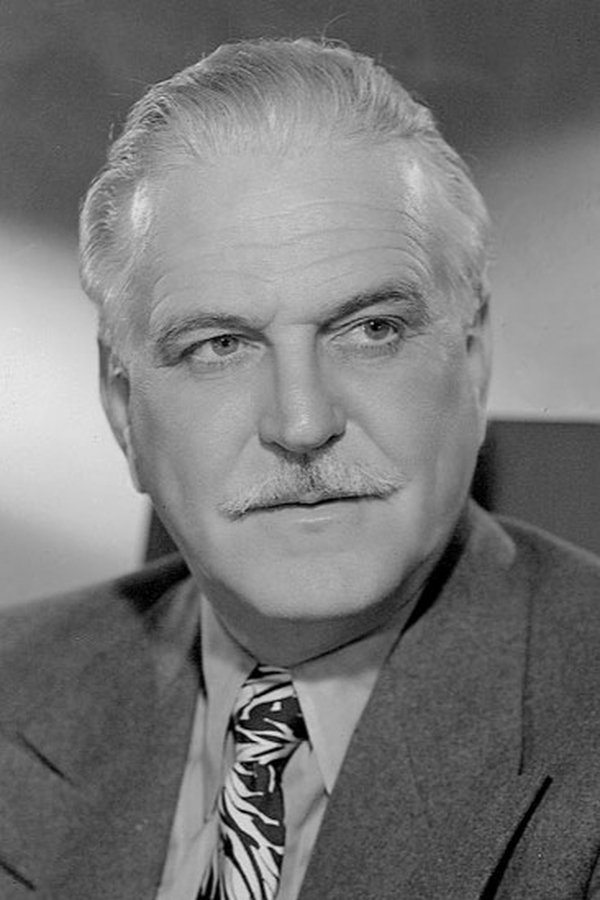Incluvie – Better diversity in movies.
Identity in film through scores, reviews, and insights.
Incluvie – Better diversity in movies.
Explore identity in film through scores, reviews, and insights.



The Wizard of Oz (1939)


Incluvie Related Articles
The Fantastic World of ‘Barbie’
August 11, 2023As a child, I was always enthralled by toy commercials, especially, those for action figures. They all had a similar format of children manipulating dolls within little plastic sets (usually replicas of castles, caves, and dungeons that may or may not be sold separately).There was always a cutaway of a slack-jawed kid in disbelief at how awesome the figures were.As a child, these carefully constructed scenes felt immersive and fun and made me want the toy of course! That was the point after all.
I think a lot of us have special relationships with toys.Boomers were the first generation of children from the burgeoning (and since obsolete) middle class to benefit from their parents' disposable income.This combined with the development of cheap production methods and the advent of plastic and rubber, saw an entire industry born specifically targeted to youths.It started with magazine ads and quickly moved over to the TV screen where Saturday morning cartoons became launching off points for products marketed directly to kids.More often than not those products were toys.
I believe Boomers wanted for their children what they pined for as youths themselves.Toys, toys, and more toys.As a child, I spent countless hours after school and on the weekends playing with my X-Men and Power Rangers figurines. There’s a familiar, sentimental feeling even now as I recall those early formative years with my collection of play items.A feeling successfully captured in Toy Story.
Six Drama Films that Explore the Transgender Experience in Children
November 20, 2022In mid-October, a bill was introduced by Republican Representative Mike Johnson, known as the ‘Stop the Sexualization of Children Act’. The bill defines “sexually-oriented material” as “any depiction, description, or simulation of sexual activity, any lewd or lascivious depiction or description of human genitals, .”. The underlined part of that definition includes topics that are not inherently sexual, as has been pointed out by those who oppose the bill. Heteronormativity and the gender roles it has created affect a child from birth, so this is just a veiled attack on the queer community specifically and not an act to actually give children the protection they deserve.Instead of being protected from the concepts of gender and sexuality, children need to be introduced to them. Four to five-year-olds are all told fairy tales including and similar to Snow White and Cinderella, the likes of which hinge on central heterosexual relationships and the male-female binary. Those who are gay, lesbian, bisexual, or asexual, remain so despite only being introduced to cishet stories, and similarly, those who are transgender, non-binary, and genderqueer remain so. It follows then, that queer stories wouldn’t “convert” cishet children. In fact, they could give solace to a queer child who doesn’t find their feelings reflected in the people around them or the stories they’re generally told. So, on this Transgender Day of Remembrance, let us take a look at six films that depict the experiences, coming-out or otherwise, of transgender children grappling with their identity in a heteronormative world that despises their kind and tries its best to invalidate their feelings.
Directed by Alain Berliner, My Life in Pink follows seven-year-old transgender girl Ludovic Fabre (Georges Du Fresne). She is surprisingly aware of her identity and expresses herself by putting on makeup and dressing up, even in public. The film starts with her family recently moving to a new locality. On the day of their housewarming party, when her parents introduce their children, she shows up wearing a dress and heavy makeup. Her parents react by telling the guests that their son is sometimes very whimsy and gets these urges to dress up as a girl and that it’s no big deal. The rest of My Life in Pink tells the story of how the child is invalidated at every step of the way, no matter how many different ways she tries to tell her parents and other adults in her life that she is essentially female despite having a male physiology.
The parents themselves aren’t really accepting, and to make matters worse, the neighbors start ostracizing them for not keeping Ludovic in line. Her only real friend, her father’s boss’ son, turns on her after a while, and there comes a point where Ludovic is without support from anyone. Even then, she persists and keeps trying to explain her situation in her own way. After she learns about X and Y chromosomes from her sister, she tells her parents that God dropped X and Y chromosomes from heaven through their chimney when she was born. With childlike innocence, Ludovic insists that instead of her two X chromosomes coming through to make her a woman, one of the X’s fell in the trash by accident, and a Y made it through instead, trapping her in the body of a boy. My Life in Pink may at times feel like it caters to a cis audience, but given the time period it was made in, it has aged relatively well. Watching a narrative about transgender children that does not feature dysphoria on the part of the child herself is a liberating experience. So whatever its flaws, especially in the way it ends by apparently transforming the parents into fully supportive people out of nowhere, it’s still an empowering watch.
My Life in Pink is available to rent on Google Play Movies, Amazon Prime Video, YouTube, and Apple TV.
Pearl Review - Mia Goth's Twisted Delusions of Grandeur
September 27, 2022It is nearly impossible to review a sequel without considering it in the context of its preceding film. Pearl, Ti West’s follow-up to the 2022 slasher, X (that’s two films in the same series within a year, folks), is a more subversive genre bender than its predecessor and presents the audience with a complex portrait of X’s primary antagonist. The film is rife with the inevitable easter eggs meant to service the fans of the series’ first installation, but recognizing these callbacks proves to be the least interesting part of the sequel experience. Pearl manages to construct its own world of meta references and existential conflicts without relying on the fleeting shock values that made X a uniquely self-aware slasher.
Mia Goth (who has executive producing and co-screenwriting credits) reprises her role as Pearl, a young farmgirl with aspirations for stardom during the boom of Hollywood’s golden age. The film opens with a credit sequence and orchestral score reminiscent of the golden age itself, and throughout its exposition and crucial plot points, deploys the storytelling tropes and performative characteristics of golden age films. Pearl, dreamy-eyed and doe-like a la Dorothy in The Wizard of Oz, describes her delusions of grandeur and her escape from rural isolation on the family farm to the kindly barn animals while she pines for her betrothed, Howard, who is fighting overseas in WWI. Her harsh, austere mother discourages those dreams as not only frivolous, but a total abandonment of her responsibilities to care for her paralyzed father and to help maintain the farm.
Pearl’s isolation is exacerbated by the outbreak of the Spanish flu. The film presents this plot point as a timely parallel to COVID-era social distancing and masking precautions, though it feels more like a failed attempt at relevancy since approximately 95% of the theater in NYC’s east village was unmasked. The Spanish flu detail becomes entirely irrelevant by the second act.
To find respite from the bucolic chores and regain a semblance of social interaction, Pearl steals away to the local movie theater in town where she basks in reels of a dance troupe not unlike an early iteration of the Rockettes. Pearl, similar to X, delves into the transformative power of film, the seemingly endless possibilities of who you can become in front of a camera. It is a love letter to the promises of the movies and the unprecedented language it bestows upon its viewers. Pearl sees her life as inextricable from cinema (echoing the sentiments of Godard, the sly artistic titan, who died earlier this month) and thus cannot fathom remaining in a world devoid of stardom. Pearl is thoroughly convinced that she is divinely suited for something better.
I'm a Friend Of Dorothy - Judy Garland as a Gay Icon
June 10, 2022“How about you? Are you a friend of Dorothy?”
A code adopted by gay men and LGBTQ+ individuals in general to subtly disclose your identity to another, “friend of Dorothy” is widely considered to originate with Judy Garland.
Judy Garland (born Frances Ethel Gumm) was an actress and singer most famous for The Wizard of Oz (1939) but starred in many other successful films such as Meet Me in St. Louis (1944) and A Star Is Born (1954).
Garland is adored by the LGBTQ+ community for this phrase, her human rights advocacy, her connection to the Stonewall Riots, and her history as a gay icon.
And the strong possibility that she was queer herself.
Pictures and Videos

Movie Information
Young Dorothy finds herself in a magical world where she makes friends with a lion, a scarecrow and a tin man as they make their way along the yellow brick road to talk with the Wizard and ask for the things they miss most in their lives. The Wicked Witch of the West is the only thing that could stop them.
Cast

Victor Fleming
Director

Victor Fleming
Director

Judy Garland
Dorothy Gale

Ray Bolger
"Hunk" / Scarecrow

Jack Haley
"Hickory" / Tin Man

Bert Lahr
"Zeke" / Cowardly Lion

Frank Morgan
Professor Marvel / The Wizard of Oz

Margaret Hamilton
Miss Gulch / Wicked Witch of the West

Billie Burke
Glinda

Charley Grapewin
Uncle Henry

Pat Walshe
Nikko

Clara Blandick
Auntie Em

Terry
Toto
Articles You May Like
'Werewolf By Night' (2022)
This horror, action, and fantasy movie released on Disney+ has a symbolic aspect.
"Spiral" is a Fresh Update of the "Saw" Franchise, but Leaves the Audience Wanting More
Spiral could easily spawn new sequels and will most likely churn a decent profit. Is it a good Saw film? Absolutely. Could it have been revolutionary though? Also yes.